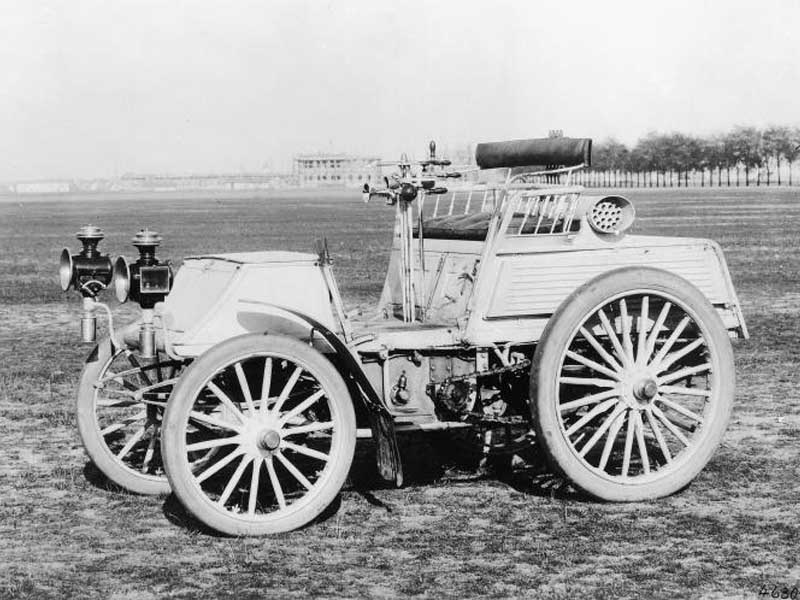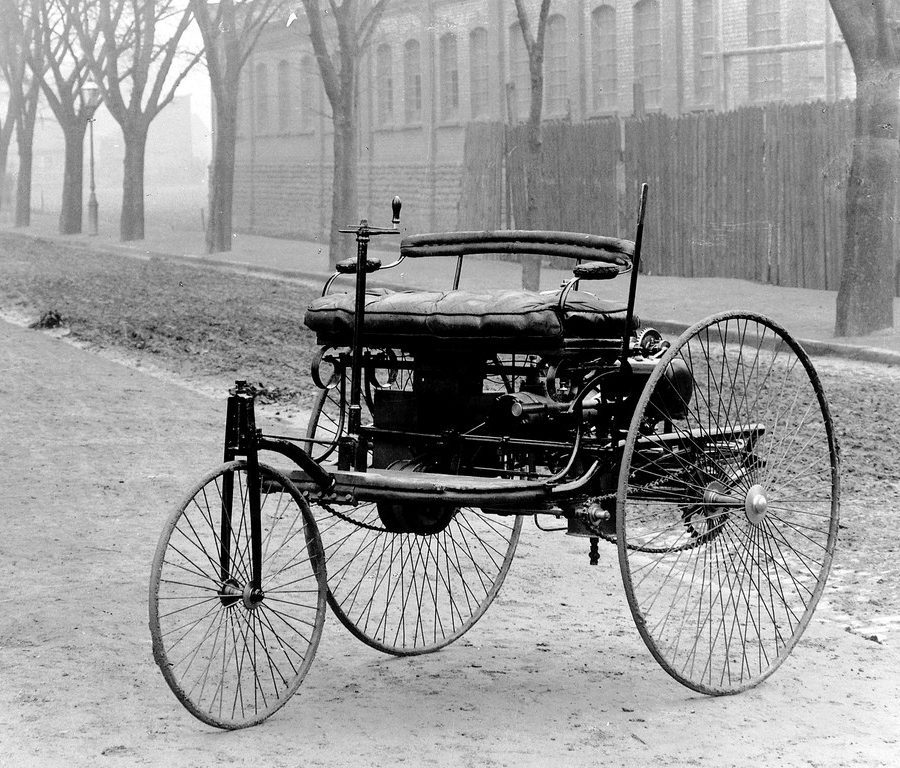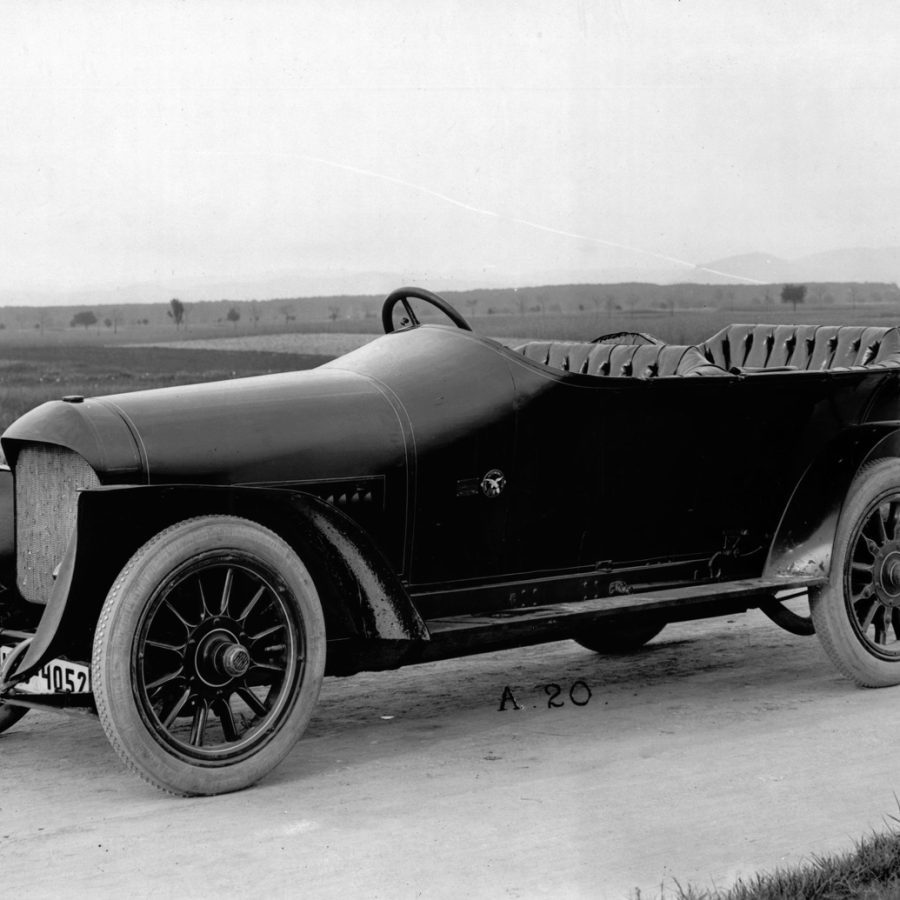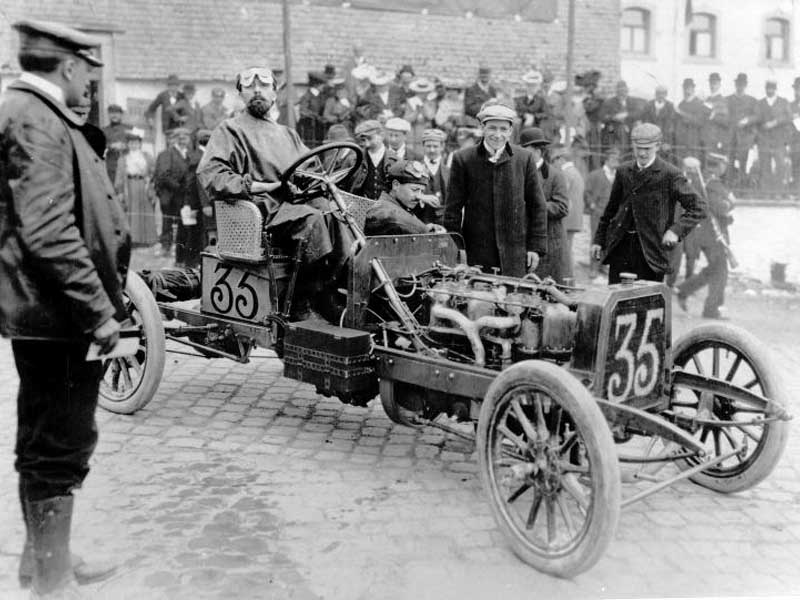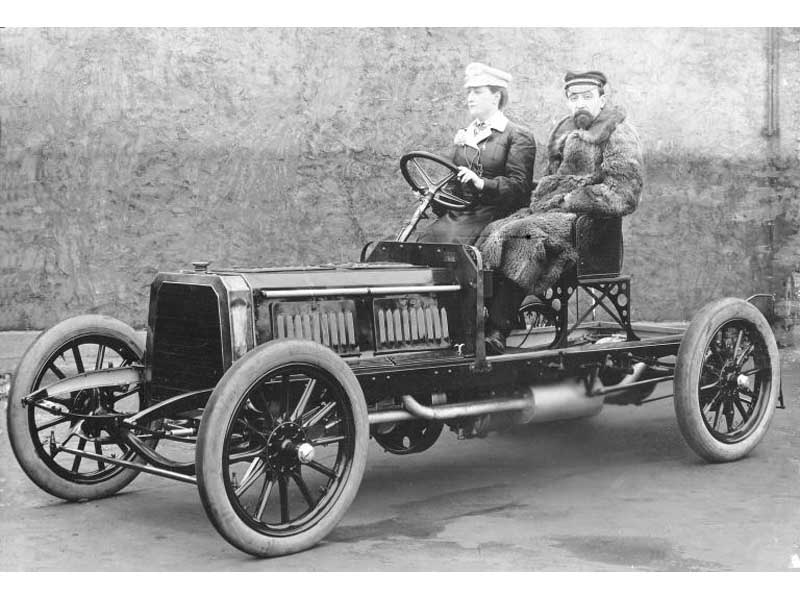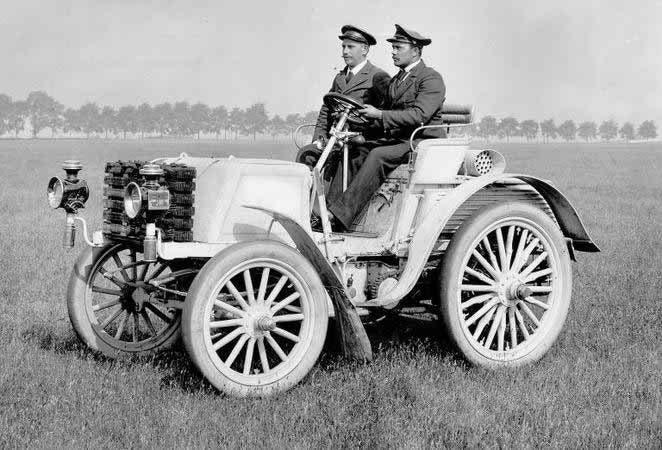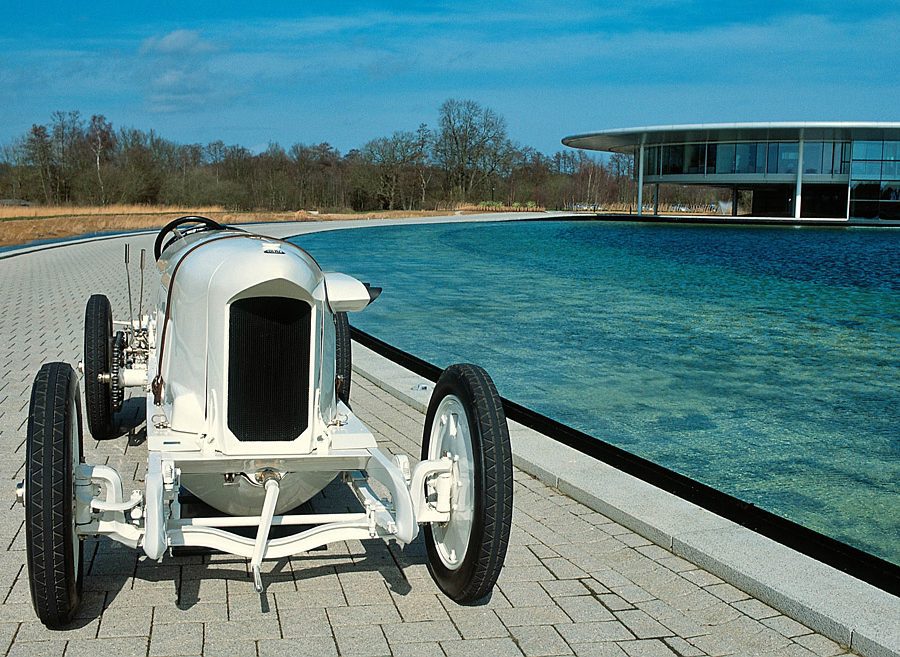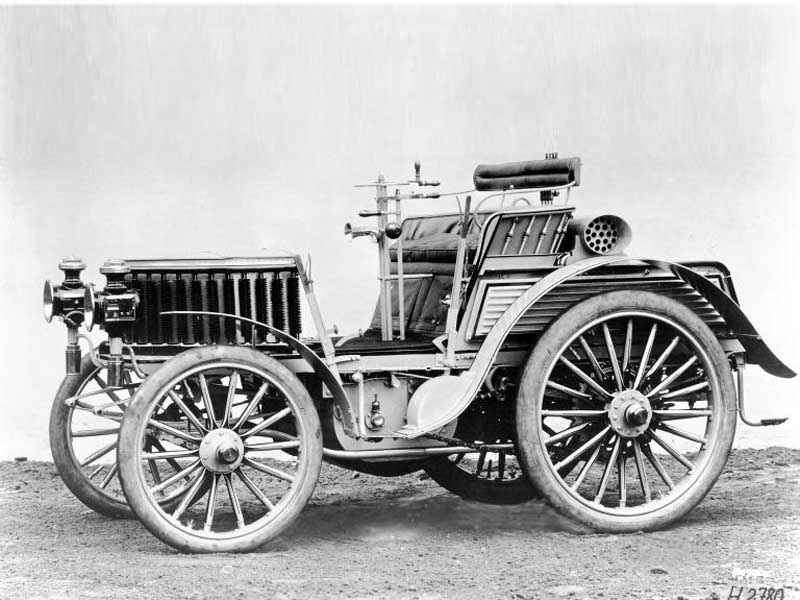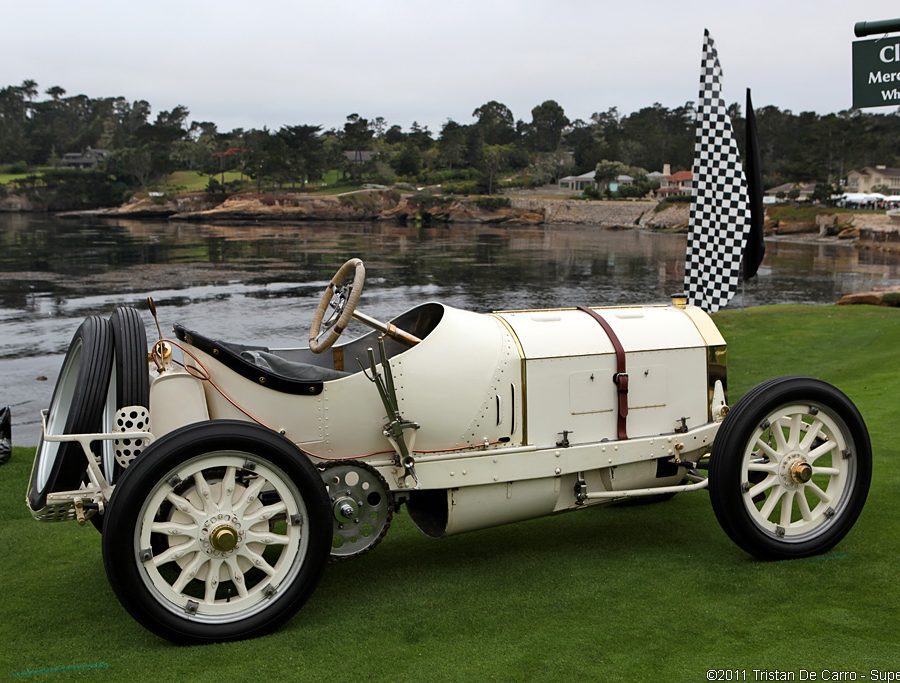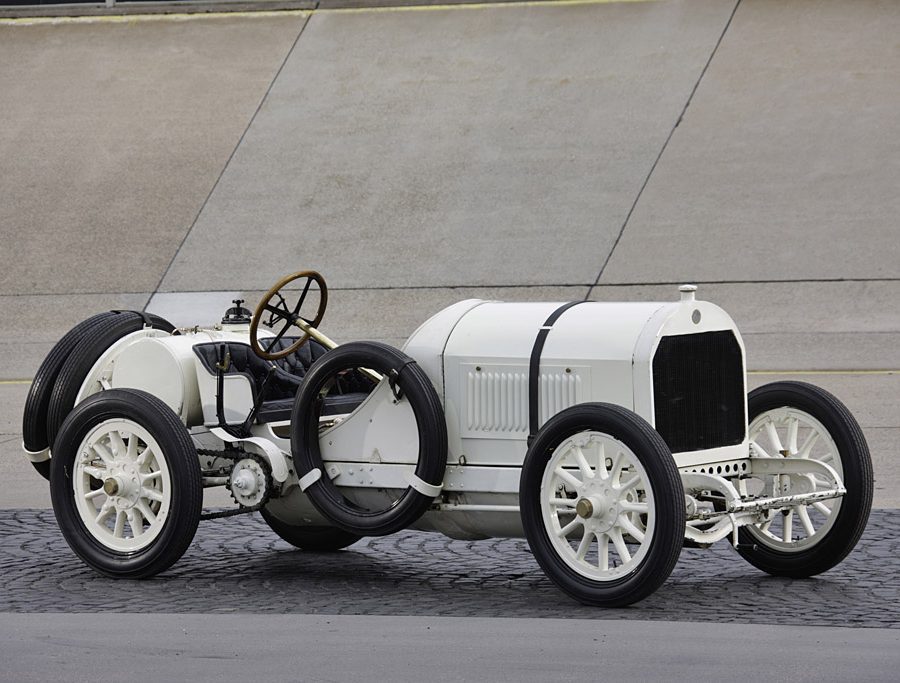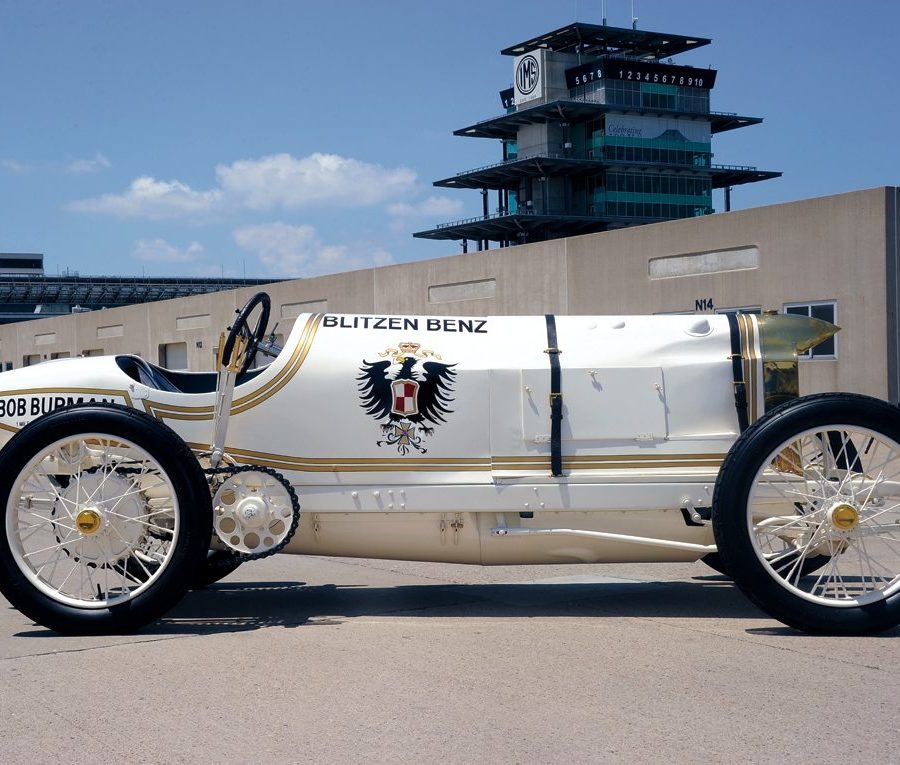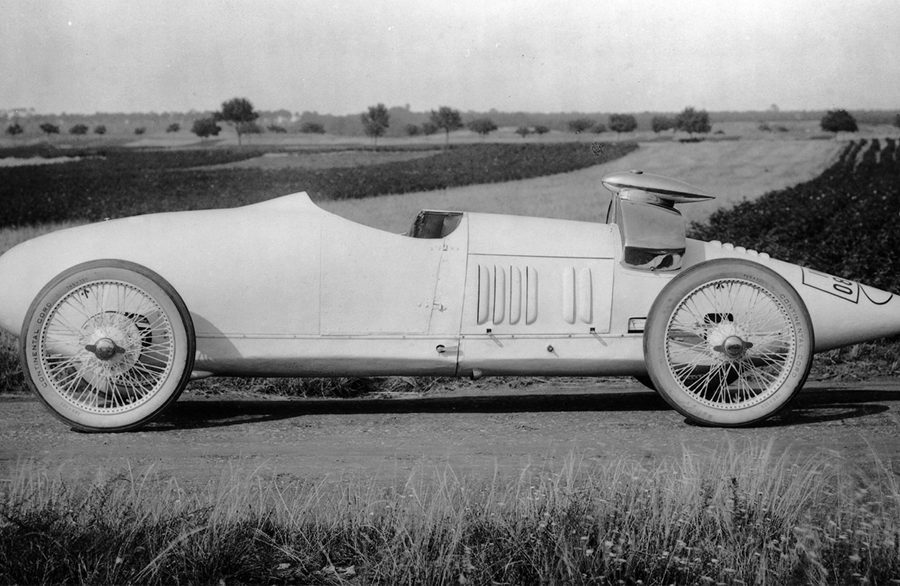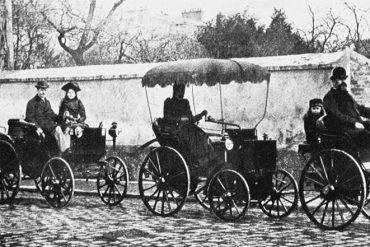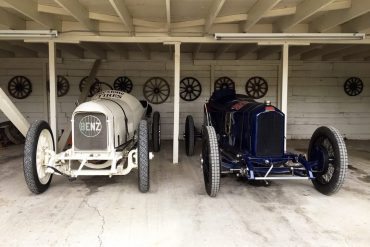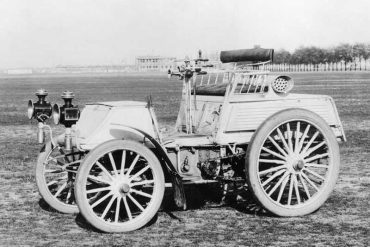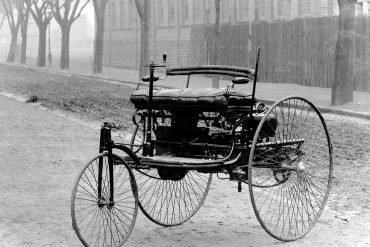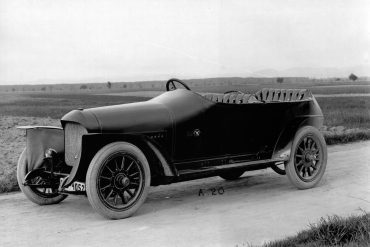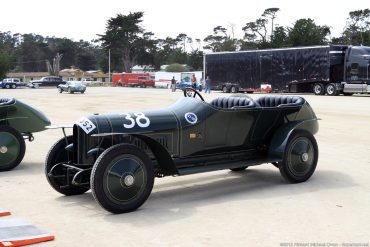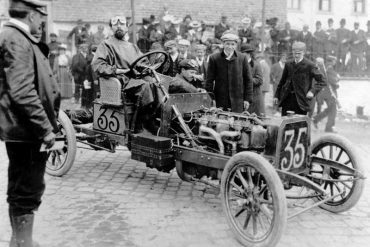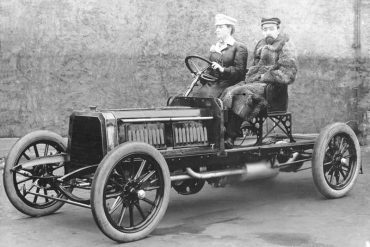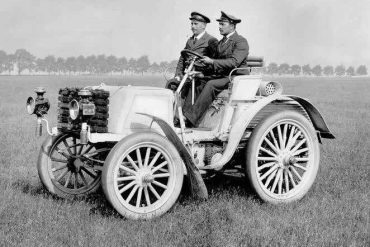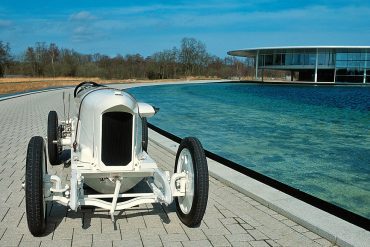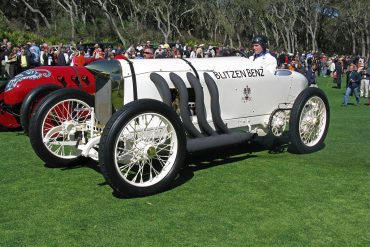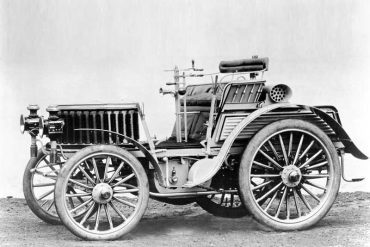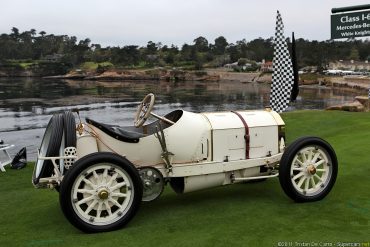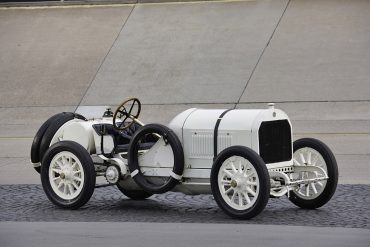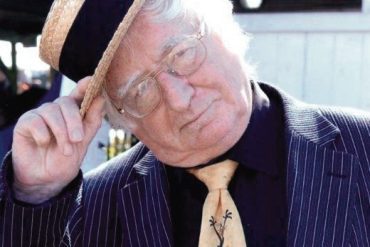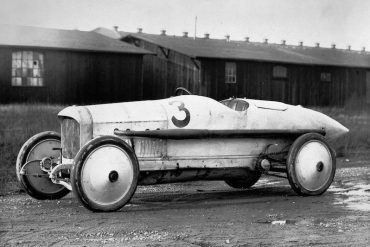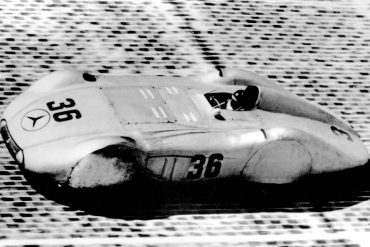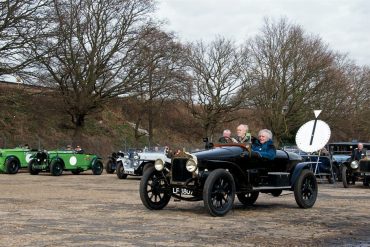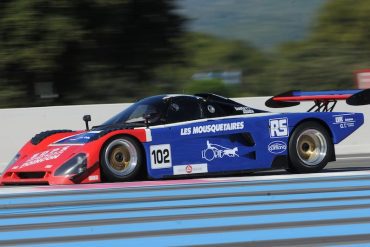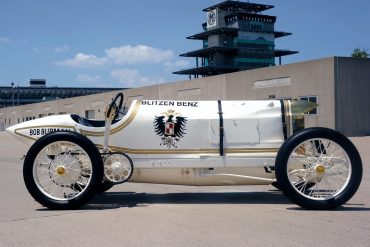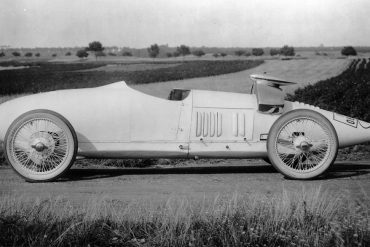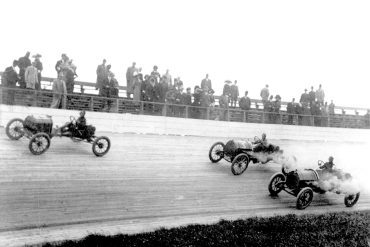1899 Benz 8HP Rennwagen First Benz car purpose-designed as a racing car. With this car, Fritz Held won the class victory and the Great Gold Medal in the 193.2 km Frankfurt-Cologne endurance race at an average speed of 22.5 km/h; another 8 hp Benz, driven by Emil Graf, came 2nd....

Benz, one of the oldest names in automotive history, played a pioneering role not only in the development of the automobile but also in the early days of motorsport. The company, founded by Karl Benz in 1883, quickly recognized the potential of racing to showcase the performance and reliability of its cars. Here’s an overview of Benz’s early race cars and their contributions to the world of motorsport:
The First Automobile Race: 1894 Paris-Rouen
Benz's involvement in racing can be traced back to the very first automobile race in history, the Paris-Rouen race in 1894. This event was organized as a reliability trial rather than a speed race, and it featured various early automobile manufacturers. Benz's entry into the race demonstrated the capabilities of its early production cars. Although the Benz vehicle didn’t win, it helped establish the brand's reputation for innovation and mechanical reliability.
The 1908 Benz “Blitzen Benz” – The Early Powerhouse
One of the most famous early Benz race cars was the Blitzen Benz, developed in 1908. It was a technological marvel for its time, equipped with a massive 21.5-liter four-cylinder engine that produced an astonishing 200 horsepower—a figure unheard of in that era. The car was designed primarily for speed and record-breaking attempts.
Speed Records: The Blitzen Benz became the first car to exceed 200 km/h (124 mph), a milestone that made it one of the fastest cars in the world. In 1911, it set a world land speed record of 228.1 km/h (141.7 mph) in Daytona Beach, Florida. This achievement was extraordinary considering the limited technology and rough road conditions of the time.
Engineering Innovation: The car’s engine was not only powerful but also remarkably advanced for its time. It featured overhead valves and a vertical shaft to operate the camshaft, technology that contributed to its speed and performance.
The 1909 Benz Grand Prix Car
In the early 1900s, as automobile manufacturers began to focus more on competitive racing, Benz created dedicated race cars for Grand Prix events. The 1909 Benz Grand Prix car was one of the company’s first true race cars, developed specifically for competition rather than adapted from road cars.
Lightweight Design: The car featured a lightweight chassis, designed to improve speed and agility on the track, and was powered by a 12.4-liter engine producing around 120 horsepower—an impressive figure at the time.
Grand Prix Debut: The car debuted at the 1908 French Grand Prix and quickly became competitive. Although it didn’t win that event, it marked Benz’s serious commitment to motorsport and demonstrated the brand’s engineering prowess.
Benz's Dominance in Pre-World War I Racing
Throughout the 1910s, Benz continued to build powerful race cars that dominated early motorsport events. The company was one of the first to adopt large-displacement engines in racing, a strategy that proved successful in a variety of competitions.
Targa Florio: In 1910, a Benz car driven by Victor Hémery won the prestigious Targa Florio in Sicily, one of the most challenging races of the time due to its mountainous terrain and dangerous roads. This victory solidified Benz's reputation as a builder of high-performance race cars.
Speed and Reliability: During this period, Benz race cars were known not only for their top speed but also for their reliability, a crucial factor in endurance races. Benz’s success in these events helped boost its credibility as a leader in automotive technology.
The Benz and Daimler Merger: The Birth of Mercedes-Benz Racing
In 1926, Benz merged with another German automotive giant, Daimler-Motoren-Gesellschaft (DMG), forming Mercedes-Benz. This partnership combined the engineering expertise of both companies, leading to even greater success in motorsport. The early legacy of Benz race cars laid the foundation for the iconic Silver Arrows of the 1930s and the continued dominance of Mercedes-Benz in motorsport.
Conclusion: Benz’s Legacy in Early Motorsport
Benz's early race cars played a pivotal role in establishing the brand as a leader in performance and innovation. From the pioneering entries in the first automobile races to the record-breaking feats of the Blitzen Benz, these cars showcased the engineering talent and ambition that defined the company. Benz’s commitment to racing not only pushed the boundaries of automotive technology but also helped build the foundation for modern motorsport.


